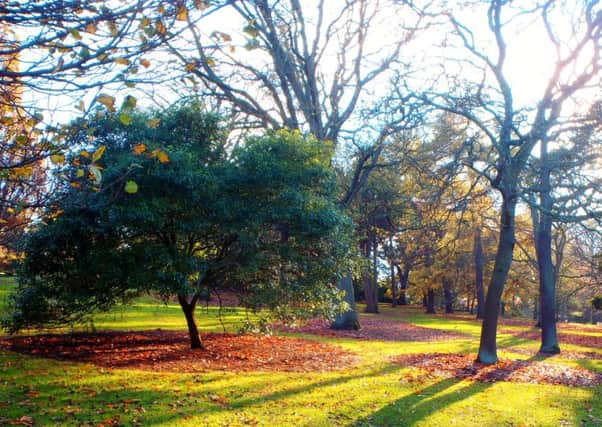Our gardens could save species from extinction


Prevalent in our gardens since the 1800s – and with one sub-species even earning a reputation as something of an environmental thug in Scotland – it is easy to assume all is well for the rhododendron. So it comes as a surprise to many that a significant proportion of species are under threat in the wild: but that pandas could yet help save the day.
Rhododendrons – including azaleas – have long drawn plant hunters to the Himalayas and south-east Asia. In their native habitats they are valued for their medicinal properties and, in some communities, have other uses including firewood, timber, teas, jams, narcotics and insecticide. In the wild, they grow in areas of high rainfall and humidity on acidic soils: conditions under which few plants would survive. They stabilise slopes and protect watersheds, notably in the Himalayas, where so many of Asia’s major rivers start.
Advertisement
Hide AdAdvertisement
Hide AdThey sound like survivors. The reality is different. When Botanic Gardens Conservation International published the Red List of Rhododendrons, assessing the conservation status of the known 1,157 species, research indicated a quarter were under threat.
In a twist of fate, the plant hunters of old who, it might be argued, plundered wild-origin plants also created vital tools in the fight to save habitats. Not only did they create an invaluable bank of plant diversity in this country, they provided our horticulturists and scientists with resources to develop their expertise and, ultimately, provide skills transfer.
From the outset – through links with names such as George Forrest – the Royal Botanic Garden Edinburgh (RBGE) has been a major player in this. The four Gardens of RBGE hold the biggest living collection of Himalayan species outwith that region, putting the organisation in a unique position in research, conservation and education.
As curator of RBGE’s Logan Botanic Garden, near Stranraer, I have the privilege of overseeing the care of endangered species including plants believed now to be extinct in the wild. With care, they flourish at this south-westerly tip of Scotland. Take, for example, the northern Taiwanese Rhododendron kanehirae. As a result of environmental traumas it is thought to be extinct in the wild, with only four plants left in the world: two at Logan and two in the research glasshouses in Edinburgh.
Botanic gardens can play a vital role in conservation and it is encouraging that there is hope of breeding and repatriating such species.
I recently undertook a 10-day consultancy tour in China with RBGE research associate David Chamberlain and photographer David Purvis. The ultimate destination was Sichuan where there are many small and fragile populations. This project is the latest in a long history of partnership between China and RBGE.
Our brief was to carry out rhododendron identification in the field, provide advice on propagation and cultivation at nurseries and finalise the production of an important new book for conservation.
The threats are many, from yak overgrazing to destruction of habitat through construction and earthquake impact.
Advertisement
Hide AdAdvertisement
Hide AdBut the future need not be bleak. A visit to Wolong Panda Reserve revealed a rich collection of rhododendrons in cultivation. Elsewhere, the collection at Ma San Ping is a treasure trove of fine species, a number of which are being raised to be planted out as part of a conservation strategy.
A new book, Rhododendrons of China, is being produced by the Chinese Panda Ark and RBGE and our visit concluded with a meeting to progress developments. After business we were treated to a “getting up close” session, stroking and feeding the pandas, which was a real treat. Thanks to international support for these soft, cuddly mammals, the future could yet be bright for all, rhododendrons included.
Until then, the coming weeks present an opportunity to learn more about this panda of the plant world, with gardens around the country opening for the second Scottish Festival of Rhododendrons.
• Richard Baines is Curator at Logan Botanic Garden, Dumfries & Galloway.
SEE ALSO